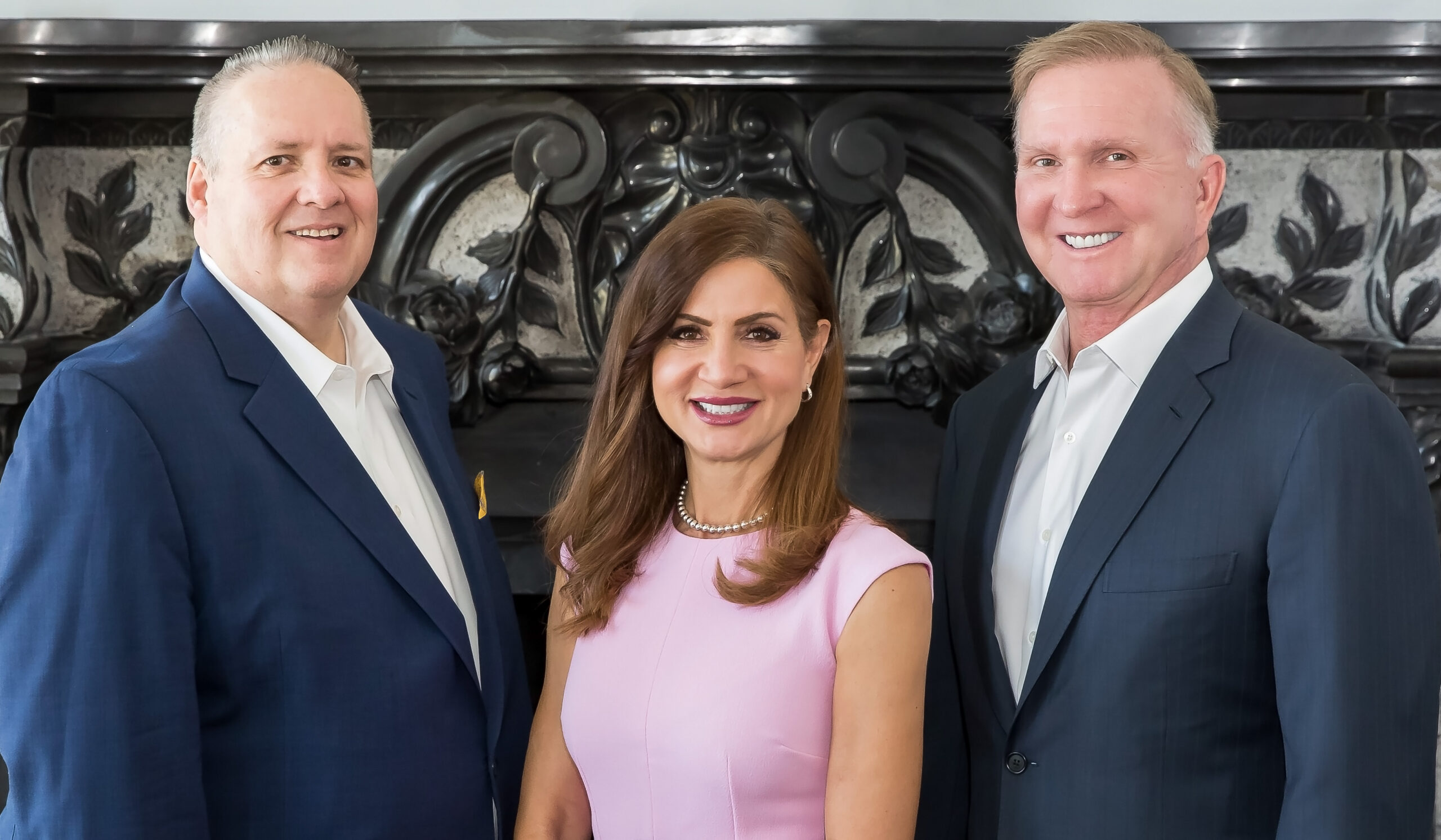By Richard K. Hy, Esq.
Listen to this blog:
The German automaker’s new autonomous driving system, DrivePilot, is the first internationally certified Level 3 autonomous driving system to be commercially available to consumers in Germany and soon, here in the United States. Its advanced capabilities could reshape the legal landscape when it comes to determining fault and liability in automotive collisions.
As experienced personal injury attorneys at the intersection of the law and technology, we are closely following developments in autonomous vehicle technology and how it will impact injured victims seeking compensation. Here is an in-depth look at how DrivePilot works and the uncharted legal territory it enters.
The Difference Between Level 2 and 3 Autonomous Driving Systems
Most major automakers like Tesla, GM, and Ford offer Level 2 driver assistance systems with names like Autopilot and SuperCruise. These systems can steer, accelerate, and brake in certain situations, but require constant driver supervision. The driver remains fully responsible for the safe operation of the vehicle at all times. The technology is limited and can deactivate unexpectedly, forcing the driver to immediately take control.
DrivePilot is the first commercially available Level 3 system. This means it can fully take over driving tasks under specific conditions, allowing the human driver to completely disengage. They can text, watch movies, or even nap while DrivePilot handles the driving.
This is a profound shift from driver assistance to autonomous driving. It means the human is no longer legally considered the driver when DrivePilot is activated. Responsibility transfers to Mercedes.
How “DrivePilot” Works
DrivePilot uses an array of cameras, radar, and LIDAR sensors to see and understand its environment. Powerful onboard computers use this data to make driving decisions and control the vehicle. The system is designed to smoothly handle hazards like sudden stops or lane changes from other drivers.
Unlike Level 2 systems, DrivePilot will give a 10-second warning before asking the driver to take over. This provides time to safely re-engage.
But there are still limitations. DrivePilot only works at lower speeds of 40 mph or less and only on divided highways that Mercedes has mapped and approved. It won’t operate in construction zones, tunnels, bad weather, or when emergency vehicles are present with lights and sirens on. There are still many situations where drivers need to be alert and ready to intervene on short notice.
Who is at Fault in a “DrivePilot” Crash?
If an accident occurs while DrivePilot is actively driving the vehicle, Mercedes Benz signaled that it would assume legal liability for injuries sustained. In a 2022 article published by Road and Track, Mercedes will accept full legal responsibility for the vehicle whenever Drive Pilot is active.
However, questions of shared fault and driver negligence will still come into play. For example, if the driver enabled DrivePilot in an unapproved area or in inclement weather beyond the system’s capabilities, they could share in the blame. Mercedes will likely argue that the driver had a duty to understand DrivePilot’s limitations and only engage it in appropriate conditions.
Victims will need experienced attorneys to demonstrate that DrivePilot’s limitations were not exceeded. Mercedes could face allegations of faulty sensors, poor system design, or inadequate warnings if their technology failed to prevent a crash. Like all emerging technologies, fully autonomous vehicles will mature over time and become more robust. Companies rolling out these early systems have an obligation to safely field test and prevent known limitations from harming people.
Insurance Implications
The advent of Level 3 vehicles like Mercedes’ DrivePilot will also raise new insurance questions. Traditionally, drivers carry auto insurance policies to cover accidents they cause. But if the automaker is liable while DrivePilot is operating, who will pay out claims – the driver’s insurer or Mercedes? The manufacturer may have to take out sizable commercial policies to back up their acceptance of fault in crashes. However, they may still try to tap into the driver’s coverage first. This could lead to complex legal fights between insurers to determine primary liability.
As attorneys advocating for injured clients, Eglet Adams has the expertise to cut through these insurance disputes. We have a proven record of maximizing recovery regardless of how many parties or insurers are involved. Our sole focus is obtaining fair compensation for our clients.
What This Means for Accident Victims
DrivePilot represents a paradigm shift in autonomous driving technology. But drivers should not immediately trust their safety to it. There will be growing pains as these complex systems interact with human drivers and real-world environments.
The attorneys at Eglet Adams are equipped to represent clients who have been injured in autonomous vehicle accidents, we have the technical resources to download vehicle data, understand these advanced systems, pinpoint malfunctions, and build a strong case. Complete a contact form or call 702-450-5400 to arrange a free initial consultation to discuss your case with an attorney. Although technology is evolving quickly, time-tested legal strategies still offer the best chance for justice.
About Attorney Richard K. Hy, Esq.
 Richard K. Hy, a partner at Eglet Adams, primarily focuses his practice on complex civil litigation including mass torts and class actions. When the Nevada Legislature is in session, Richard also works closely with the Nevada Justice Association advocating for legislation that protects consumers from false and misleading advertising, deceptive trade practices, and unsafe products. A proponent for adopting new and emerging technologies, Richard constantly explores how these innovations will revolutionize the legal landscape, advocating for their integration and understanding their profound implications within the legal sphere.
Richard K. Hy, a partner at Eglet Adams, primarily focuses his practice on complex civil litigation including mass torts and class actions. When the Nevada Legislature is in session, Richard also works closely with the Nevada Justice Association advocating for legislation that protects consumers from false and misleading advertising, deceptive trade practices, and unsafe products. A proponent for adopting new and emerging technologies, Richard constantly explores how these innovations will revolutionize the legal landscape, advocating for their integration and understanding their profound implications within the legal sphere.



